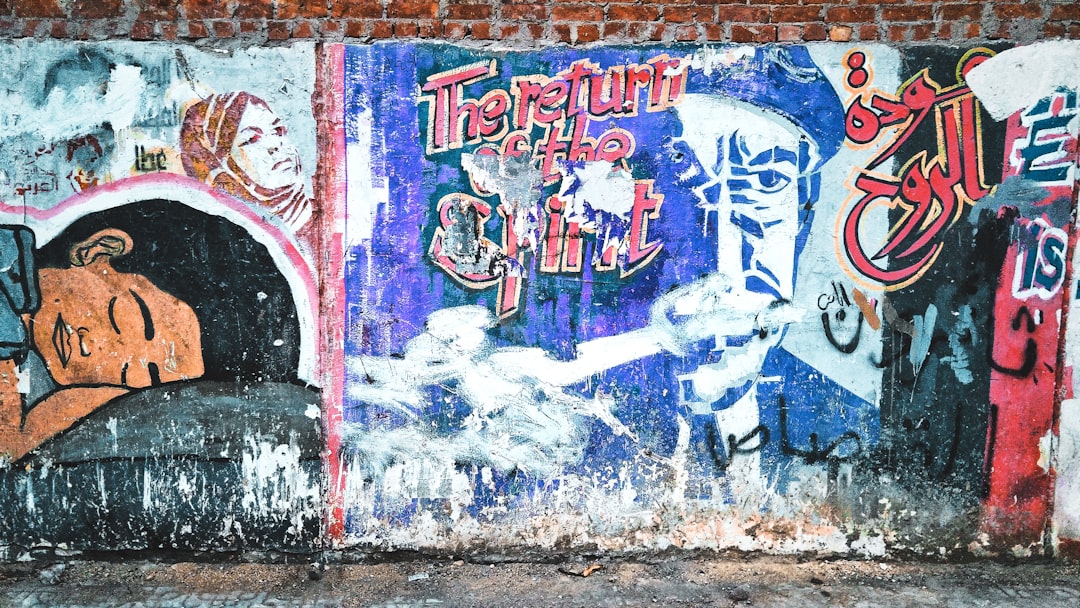What is it about?
This article describes the shift over time in Mongolia and how social policies supported people. The socialist revolution of the 20th century shifted social provision from temples and families to the emerging state run collectives. Multi-party democracy shifted some social provision back to families and the market in anticipation of rapid economic and social development. Currently, Mongolia is making difficult choices between environmental sustainability and social welfare.
Featured Image
Why is it important?
Mongolia is unique in terms of development in that it never had a period of industrial capitalism prior to socialism. As such, much of the mineral resources are still intact and provides an opportunity to reflect on the trade offs between selling goods to increase social welfare while minimizing environmental impact and inequality.
Perspectives
I spent time in Mongolia with bilateral and multilateral agencies in the 1990s during a period of rapid social and economic transition. I was there for the introduction of the internet, cable TV, and mobile phones. Since Mongolians for the most part kept a close relationship to the countryside--typically spending summer vacation with relatives--the natural environment was very important. However, population in cities was increasing as well. This article gave me a chance to revisit some of the issues that I had worked on 20 years ago to see what had changed.
Dr Richard John Smith
Wayne State University
Read the Original
This page is a summary of: Ending poverty in Mongolia: From socialism to social development, International Journal of Social Welfare, November 2014, Wiley,
DOI: 10.1111/ijsw.12113.
You can read the full text:
Contributors
The following have contributed to this page










